Sendy Audio Peacock Review

Written by Chrono
Introduction
The Sendy Audio Peacock is a headphone that’s really piqued my interest as of late. Sendy Audio is, of course, no stranger to the planar magnetic headphone market, as their Aiva model has been a popular option at around the midrange price of $599. However, the Peacock--which commands a whopping $1499 price tag--is now trying to play in a different ballpark; one that features personal favorites like the LCD-X , HD800S , and the Arya . So, in this article I’ll be sharing my experience with the Peacock, as well as my thoughts on just close (or far!) Sendy Audio was to successfully entering what is already an extremely competitive price bracket.
Sources and Music Used in Listening Tests
The Amplifier/DACs used in this review were the SPL Phonitor XE (with built-in DAC), Grace Design SDAC + A90 , and the JDS Labs Element II connected via USB to my desktop computer. For the listening tests I used music from a wide variety of genres including Rock, Jazz, Classical, Acoustic, Hip-Hop, and latin. I played tracks from my own FLAC library as well as from Qobuz streaming service played via Roon (exclusive mode).
Accessories
Packaged alongside the Peacock is a rather sweet array of accessories. For starters there’s a hard-shell, custom-molded, saddle-brown colored carrying case that fits the Peacock and other accessories nicely. Then, whilst there might be only one dual-hirose connector to 4.4mm balanced cable included, Sendy Audio did throw in a ¼” as well as a 4-pin balanced XLR adapter for added versatility.
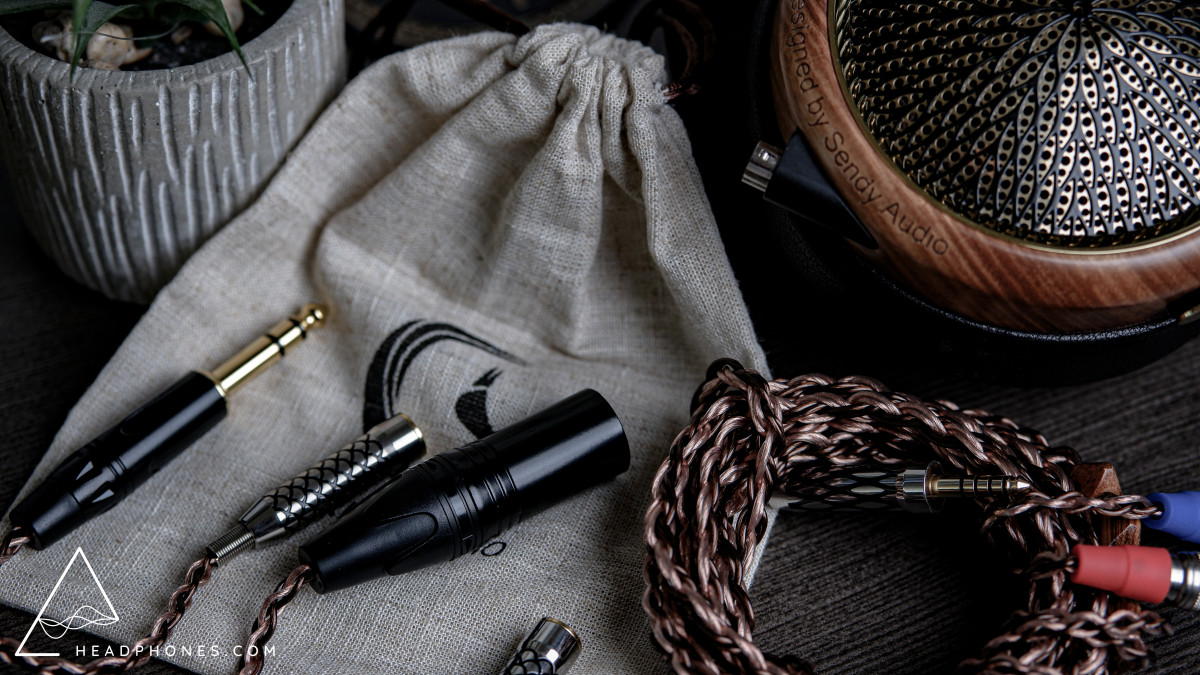
Build & Comfort
The Peacock’s build is somewhat of a mixed bag for me. Structurally, it feels like a very sturdy headphone that’s well built, utilizes good materials, and just generally inspires confidence as a user--no complaints from me in this regard.
However, where the Peacock slightly falls flat for me--and yes, I know that this is 100% personal opinion--is actually in its aesthetics. I don’t usually mention a headphone’s appearance in my reviews because, for the most part, I only care about a headphone’s musicality and its performance. Still, there is something to me that looks somewhat odd about the different design elements featured on the Peacock. I’m not sure if it’s the mismatching fonts all over the headphone, or perhaps the headband looking a lot more industrial than the gaudy, wooden and polished gold ear cups, but I feel like there is an unfortunate lack of cohesion in this headphone’s visage.
Appearances aside, let’s now discuss something a lot more practical: comfort. Despite definitely being on the heavier side, coming in at around 580g, the Peacock was a headphone that I personally found to be pretty comfortable. In my experience, the suspension headband perfectly balanced the headphone on my head, and distributed the weight in a way that made it feel barely heavier than something like the Focal Clear , for example. Additionally, the angled pads provided ample room, and adequately relieved the headphone’s mild clamp. Naturally, for some listeners the weight of the headphone will be a challenge, but I think that if you’re not particularly sensitive to a headphone’s weight, you’ll find these to be an easy wear.
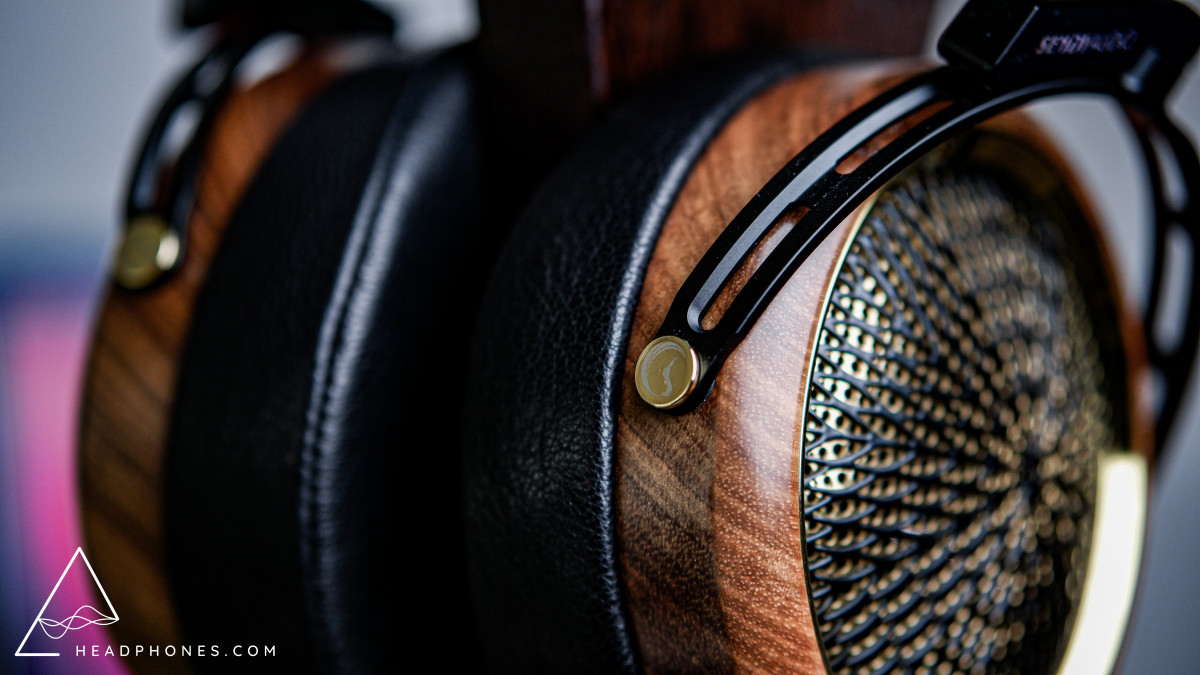
Sound
As mentioned earlier, the Peacock is a planar-magnetic headphone, and it has comfortable, high-end listening as its design priority. To that end, it's powered by what Sendy Audio describes as their “QUAD-FORMER Technology,” which essentially refers to a double-sided magnet array, alongside coils on both sides of the diaphragm.
First Impressions
When I first listened to the Peacock, it wasn’t offensive, or egregious, but immediately it sounded a bit strange to me. Through the low end it seemed fine, with a pretty good bass response as well as an adequately portrayed fundamental range. However, what was a bit off for me is that all the harmonic and overtone embellishments that I would expect to hear above 1.5-2Khz, were somewhat muted with the exception of a few frequency ranges which--as we’ll discuss briefly--marked some unevenness in the Peacock’s presentation.
Bass
I found the bass response on the peacock to be mostly good. It wasn’t quite as nimble or as well-textured when I compared it with the LCD-X I recently reviewed, but as is expected from a planar-magnetic headphone, it still had a well-defined bass response that was fairly articulate. The only comment I’ll make is that oddly enough, the really low frequencies under 50hz rolled off just a little bit, so I wasn’t getting as much of that deep, sub-bass presence and rumble. Nonetheless, the overall bass level for me was appropriate, as it did provide the warmth I wanted from this region without being invasive of other frequency ranges.
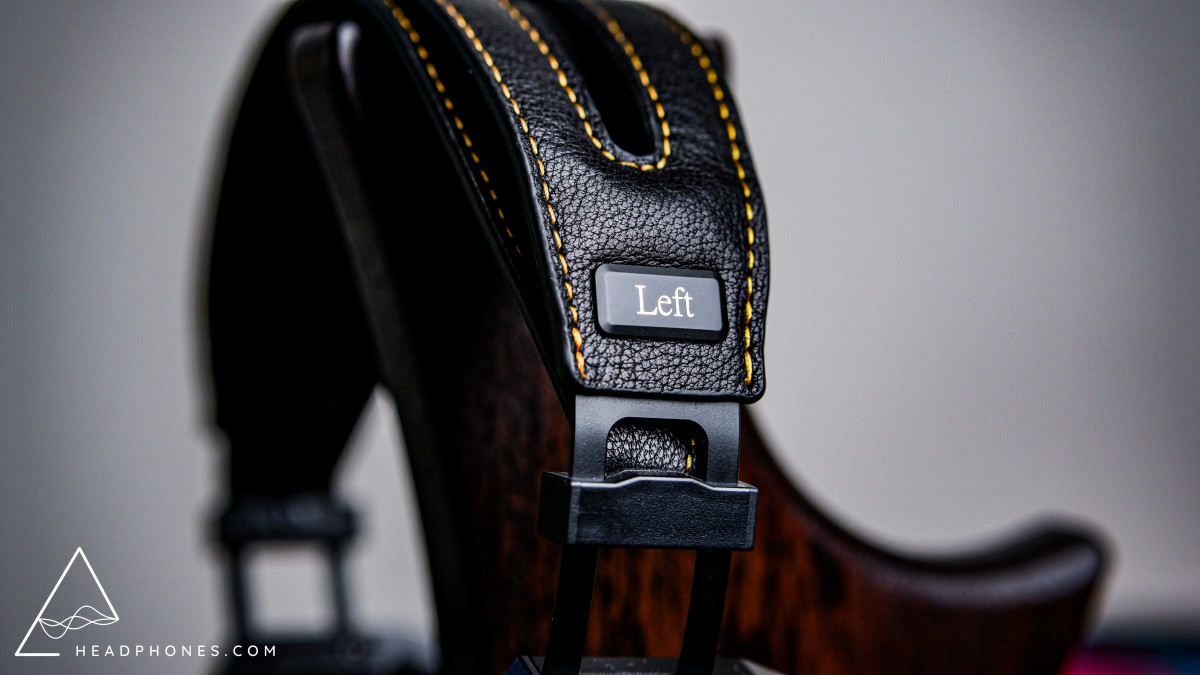
Mids & Highs
This isn’t something I usually do, but I feel as though in the context of describing my experience with the Peacock specifically, it’ll be easiest for me and hopefully for you, the reader, if I discuss both the midrange and treble region at the same time. The reason for this, is that my main problem with the Peacock’s tonality starts in the midrange but extends into the treble, as well.
Now, through the lower mids between 300-1000hz, there weren’t any major issues that I found affected the Peacock’s tonality. For the most part, it had adequately represented fundamental tones that provided instruments and vocals with a rich body. If there was any quirk I noticed, it was that there was a slight 700hz resonance, which could occasionally make for a slightly nasally timbre, but this was not easily noticeable.
The problem arises, then, at around 2000hz since all subsequent frequencies sound as though they’ve been down-shelved by about 3dB. What this results in, are instrument and vocal lines that are lacking in their harmonic content and contouring. Vocals in particular were what stood out to me the most, as they lacked a lot of their natural bite, and growl. The same can be said about instruments like electric guitars and saxophones, which rely on these overtones to have their key characteristics well-represented. In brief, I’d say that many musical elements in the Peacock sounded quite a bit stuffy.
There were, however, a few exceptions to this, as certain frequency bands were noticeably more pronounced. The first was at around 3Khz, where there was a slight bump in the upper midrange. Again, this was fairly subtle, but it did add a bit of midrange shout. Then, the two other, and much more noticeable peaks were at 6Khz and 8Khz.
Despite the treble range being overarchingly dark, the 6Khz peak did add noticeable glare and made those low-treble frequencies a tiny bit harsh, even. Then, as for the 8Khz peak, it wasn’t as big in magnitude as the one at 6Khz, but still introduced an unusual shimmer in that region, alongside mild, mid-treble sibilance.
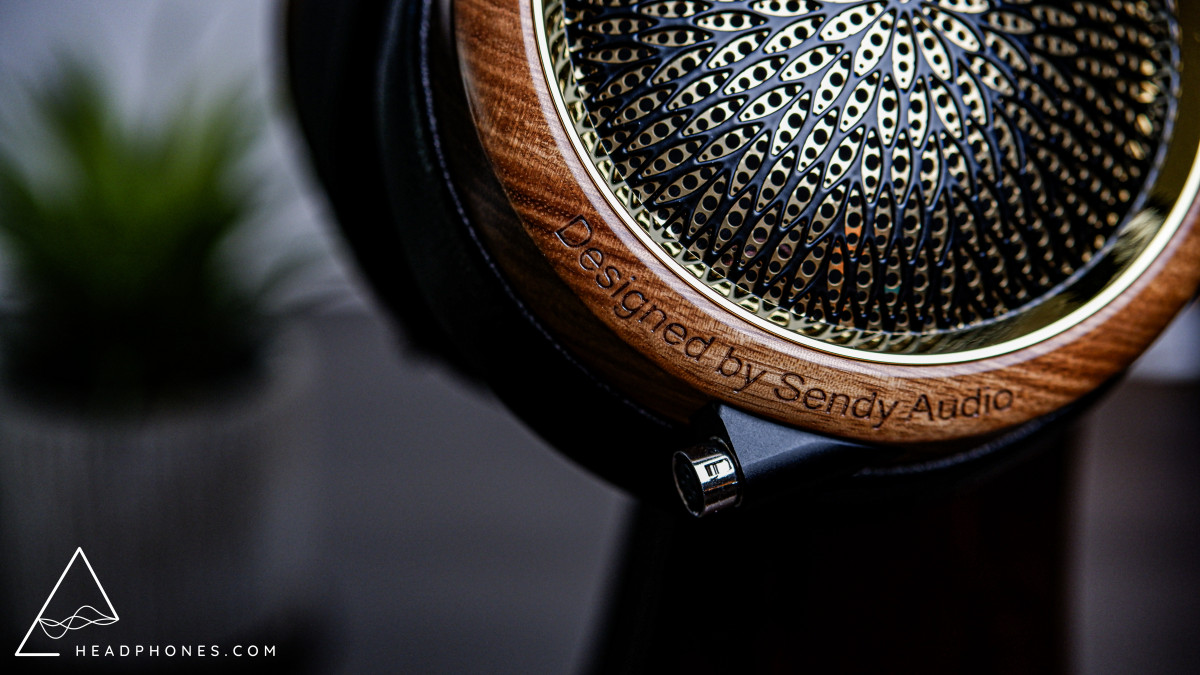
Resolution
Detail retrieval and image clarity was another facet of the Peacock that I found to be disappointing. For a headphone in this price range, competing with the likes of the Arya, LCD-X, HD800S, and Focal Clear, I really expected it to be a much more resolving and nuanced headphone that it turned out to be. Even after EQ, which in my experience greatly cleaned up the Peacock’s treble range in particular, it simply couldn’t deliver the same level of transparency and texturing that its competitors did. For internal resolution, it ended up reminding me most of something like the LCD-2 Classic , or the HiFiMan Ananda --both headphones that come in at nearly half the price.
Soundstage, Imaging, and Layering
Whilst the Peacock certainly didn’t impress me with its detail retrieval, I was actually quite happy with its spatial qualities. Its soundstage is spacious, and is reminiscent of the presentation I’ve experienced on LCD-series headphones (which is a good thing!). For imaging, it was surprisingly precise in its left-right localization; discerning the directionality and positioning of sound was no issue, and I had no problems when using them in online competitive games. Then, as for Instrument separation and layering, it delivered great performance with all vocal and instrument lines in the music being distinct and having their own defined space within the mix.
Dynamics
For Dynamics, the Peacock is not the strongest when it comes to punch and slam, but it still carries some weight and impact behind its low tones. It won’t deliver the kind of kick that you get on something like a Focal Clear or LCD-X, but it still hits noticeably harder than the Arya. Additionally, it does retain some tactility in the upper registers, recreating the pressure and intensity with which things like acoustic guitar strings are plucked, or piano keys are stroked.
EQ
I personally don’t feel as though Peacock has a necessarily bad tonality, but it’s not one I particularly favor either. My preference has always been closer to tonalities like that of the 2021 LCD-X, HD800S, and my current tonal reference, the HD560S (with custom EQ). So, in EQ’ing the it, I ended up with a profile that extensively alters the stock frequency response, and really forces the Peacock into a sound signature that I personally consider to be more natural-sounding. If you’d like to try out my settings for the Peacock, these are the filters I used:
- Low Shelf at 50hz, +2dB Q of 0.7
- Peak at 750hz, -2.5dB Q of 1.41
- High Shelf at 2000hz, +2.5dB Q of 0.7
- Peak at 3000hz, -3dB Q of 5
- Peak at 6000hz, -5dB Q of 4
- Peak at 8000hz, -4dB Q of 5
- High Shelf at 12000hz, -2.5dB Q of 0.7
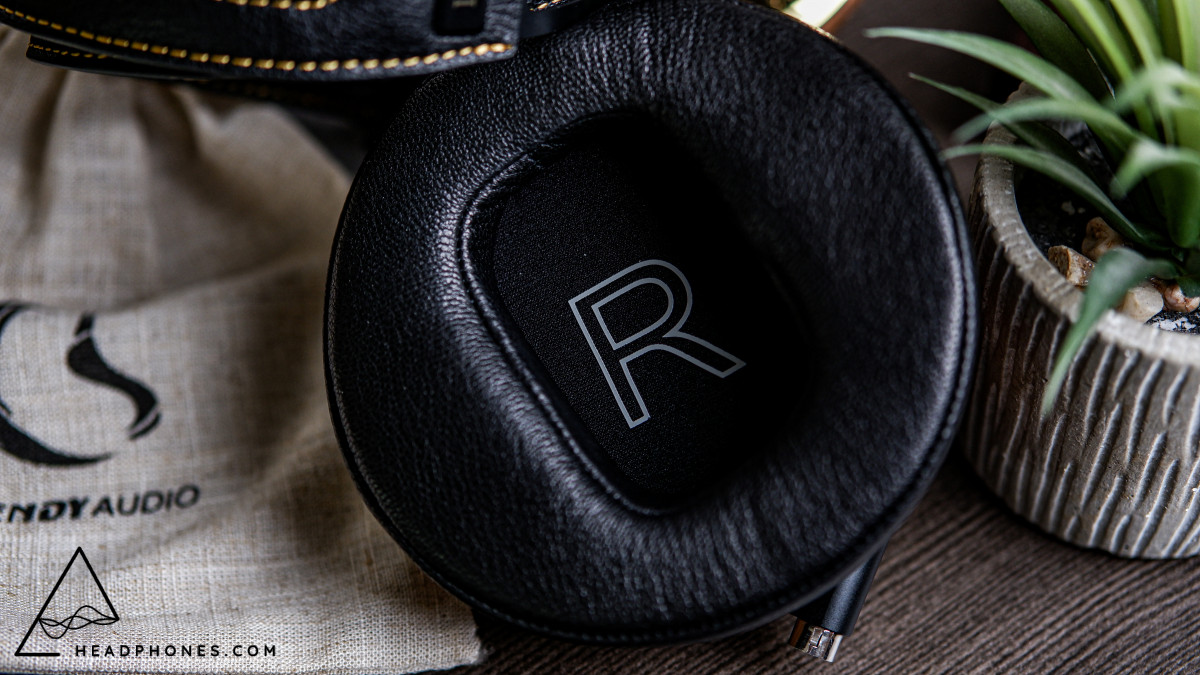
Conclusion
Whilst the Peacock undoubtedly takes strides ahead of the Aiva, I feel as though Sendy Audio ultimately misses the mark in delivering a flagship headphone that is able to adequately compete in that $1500 price bracket. Its tonal shortcomings aside, the Peacock simply fails to meet the performance standards set by its peers, which makes it even harder to justify its hefty $1499.
If the Peacock sees a price cut that brings it closer to the $900-$1000 bracket, then it may be a significantly more competitive option. However, as it stands, If you’re looking for top-tier planar-magnetic headphone, my nod would personally still go to the $1599 Arya, or $1299 LCD-X.
-Chrono
---
Discuss the Sendy Audio Peacock on the HEADPHONE Community Forum Here.
---
